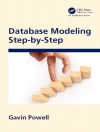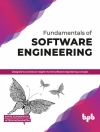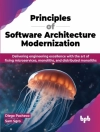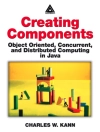Computational methodologies of signal processing and imaging analysis, namely considering 2D and 3D images, are commonly used in different applications of the human society. For example, Computational Vision systems are progressively used for surveillance tasks, traf?c analysis, recognition process, inspection p- poses, human-machine interfaces, 3D vision and deformation analysis. One of the main characteristics of the Computational Vision domain is its int- multidisciplinary. In fact, in this domain, methodologies of several more fundam- tal sciences, such as Informatics, Mathematics, Statistics, Psychology, Mechanics and Physics are usually used. Besides this inter-multidisciplinary characteristic, one of the main reasons that contributes for the continually effort done in this domain of the human knowledge is the number of applications in the medical area. For instance, it is possible to consider the use of statistical or physical procedures on medical images in order to model the represented structures. This modeling can have different goals, for example: shape reconstruction, segmentation, registration, behavior interpretation and simulation, motion and deformation analysis, virtual reality, computer-assisted therapy or tissue characterization. The main objective of the ECCOMAS Thematic Conferences on Computational Vision and Medical Image Processing (VIPimage) is to promote a comprehensive forum for discussion on the recent advances in the related ?elds trying to id- tify widespread areas of potential collaboration between researchers of different sciences.
Table des matières
Modeling Cardiovascular Anatomy from Patient-Specific Imaging.- Geodesic Methods for Shape and Surface Processing.- Robust Shape Estimation with Deformable Models.- Digital Geometry and Its Applications to Medical Imaging.- Multimodality in Brain Imaging: Methodologic Aspects and Applications.- Research Steps Towards Human Sequence Evaluation.- 3D Object Reconstruction from Uncalibrated Images Using an Off-the-Shelf Camera.- Edge-Images Using a Uninorm-Based Fuzzy Mathematical Morphology: Opening and Closing.- A Tissue Relevance and Meshing Method for Computing Patient-Specific Anatomical Models in Endoscopic Sinus Surgery Simulation.- A Robust Eye Tracking Procedure for Medical and Industrial Applications.- 3D Reconstruction of the Retinal Arterial Tree Using Subject-Specific Fundus Images.- Microscale Flow Dynamics of Red Blood Cells in Microchannels: An Experimental and Numerical Analysis.- Efficiency of Spherical Filters on Detection of Isotropic Defects in Textured Backgrounds.- Spontaneous Intracerebral Hemorrhage Image Analysis Methods: A Survey.- Fluid-Structure Interaction Applied to Blood Flow Simulations.- Validity of Paranasal CT Image Reconstruction for Finite Element Models in Otorhinolaryngology.












